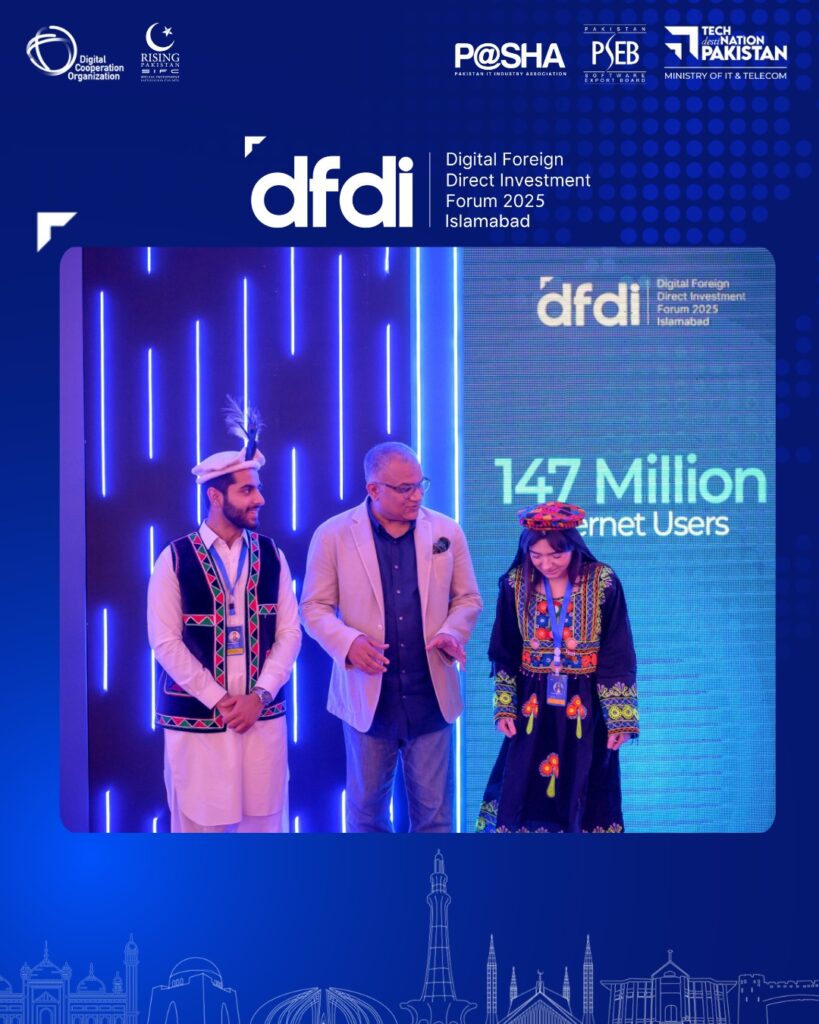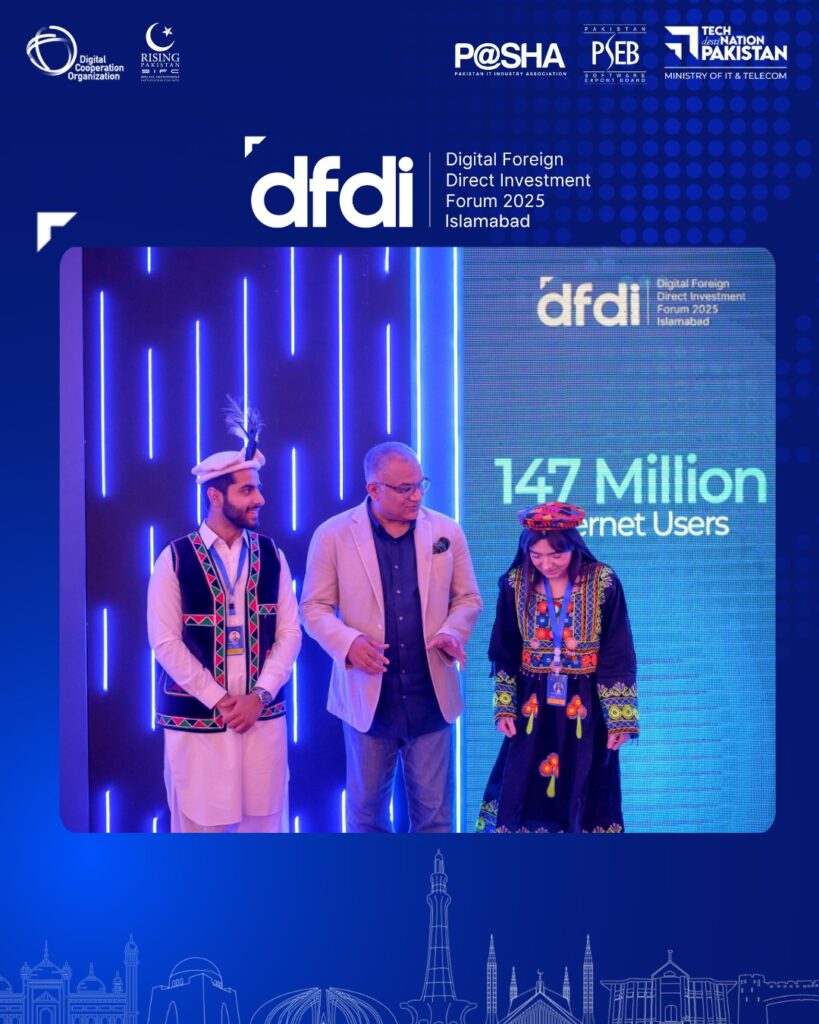How DFDI Infrastructure Projects in Developing Economies Are Accelerating Growth
DFDI Infrastructure Projects in Developing Nations – Building Digital Foundations DFDI infrastructure projects in developing countries are redefining how the global South connects, governs, and grows. As the world moves deeper into the digital age, developing nations are embracing Digital Foreign Direct Investment (DFDI) to establish the critical infrastructure necessary for economic inclusion, efficient public service delivery, and technological advancement. Unlike traditional infrastructure focused on physical assets like roads and bridges, DFDI infrastructure centers on intangible, digital assets—cloud services, broadband networks, e-governance platforms, and smart utilities. These projects are vital for achieving the UN’s Sustainable Development Goals (SDGs), especially those related to innovation, education, health, and decent work. This article will explore how DFDI infrastructure projects in developing regions are planned, implemented, and optimized for long-term national benefit. 🏗️ What Are DFDI Infrastructure Projects in Developing Countries? DFDI infrastructure projects in developing economies refer to investments by foreign firms into the digital systems and platforms that form the technological backbone of a country’s development. These include: By facilitating access to digital technology, these infrastructure projects empower developing countries to leapfrog legacy systems and build future-ready economies. 🌐 Core Sectors Powered by DFDI Infrastructure Projects in Developing Nations (Expanded) DFDI infrastructure projects in developing countries are redefining how key sectors operate—delivering more efficient, accessible, and future-ready services. From digital public services to advanced agricultural tech, these projects are helping nations build critical digital infrastructure that accelerates progress across all pillars of society. Here’s an in-depth look at the core sectors where DFDI infrastructure projects in developing nations are making a transformative impact: 🏛️ 1. E-Government and Digital Public Services One of the primary targets of DFDI infrastructure projects in developing nations is the digitization of government services. These initiatives make governance more transparent, citizen-friendly, and data-driven. Key platforms developed include: 📌 Example: Bangladesh’s “Digital Bangladesh” program, built with support from international cloud providers and e-governance experts, now delivers hundreds of online services to millions. 🌍 2. National Connectivity and Telecom Infrastructure Without reliable internet, digital development is impossible. That’s why many DFDI infrastructure projects in developing economies focus on high-speed connectivity and telecom modernization. Solutions deployed include: 📌 Example: Brazil’s partnership with Starlink and local telecoms has brought satellite-based internet to the Amazon region, transforming access in remote villages. 💳 3. Fintech Infrastructure and Financial Inclusion DFDI infrastructure projects in developing countries are playing a critical role in financial empowerment. By investing in core fintech systems, nations are ensuring millions of unbanked citizens gain access to digital financial services. Typical components include: 📌 Example: Kenya’s M-Pesa ecosystem, enhanced by DFDI partnerships, provides digital finance solutions to over 30 million users. 🏥 4. HealthTech and Digital Medical Infrastructure Healthcare access in developing nations is often uneven. Through DFDI infrastructure projects in developing countries, modern digital healthcare systems are bridging gaps in diagnosis, record management, and patient outreach. Core technologies include: 📌 Example: Rwanda’s national e-health infrastructure has been modernized through DFDI from South Korean and Indian health-tech firms. 🎓 5. Digital Education and E-Learning Platforms The COVID-19 pandemic highlighted the importance of remote learning. DFDI infrastructure projects in developing regions are now scaling educational access through robust e-learning platforms and digital classrooms. Key initiatives include: 📌 Example: Vietnam’s DFDI-backed e-learning ecosystem now supports millions of students with lessons, exams, and teacher resources available 24/7. 🚜 6. AgriTech and Digital Farming Infrastructure Agriculture is the backbone of many developing economies. DFDI infrastructure projects in developing nations are now digitizing the entire farming value chain—from crop planning to market access. Agri-tech solutions being deployed: 📌 Example: Uganda’s agri-tech platform, funded via DFDI, connects smallholder farmers to real-time data and financial services. ⚡ 7. Energy and Smart Grid Infrastructure Energy access is still a major challenge in developing regions. DFDI infrastructure projects in developing countries are making electricity smarter, cleaner, and more accessible. Developments include: 📌 Example: Tanzania’s smart energy project, supported by European DFDI partners, brings solar power and data-enabled usage tracking to remote communities. 🛃 8. Customs, Logistics, and Trade Digitization Global trade is a vital engine of growth. DFDI infrastructure projects in developing economies are modernizing customs and trade systems to enhance efficiency and reduce corruption. Digital trade infrastructure often includes: 📌 Example: South Africa’s digitized customs infrastructure, supported by foreign DFDI, significantly reduced import/export delays. 🔐 9. Cybersecurity Infrastructure and Digital Sovereignty With growing digital penetration comes growing digital risk. DFDI infrastructure projects in developing countries are increasingly focused on building secure digital environments. Core cybersecurity projects include: 📌 Example: Morocco’s cyber resilience platform, developed with EU support, strengthens national protection against digital threats.h” initiative delivers over 200 online government services across the country with DFDI support. 🌟 Benefits of DFDI Infrastructure Projects in Develope Countries ✅ 1. Increased Digital Inclusion Citizens gain equal access to digital tools and services—reducing inequality across urban and rural areas. ✅ 2. Boosted National Competitiveness With modern infrastructure, countries become attractive to investors, tech startups, and remote workforce hubs. ✅ 3. Improved Government Efficiency Digitization accelerates service delivery, reduces corruption, and boosts transparency. ✅ 4. Skill Development and Job Creation Foreign-led DFDI projects often include capacity-building for local talent, creating sustainable tech employment ecosystems. ✅ 5. Faster Economic Growth Digital infrastructure stimulates innovation across sectors—agriculture, finance, manufacturing, and education. 🔧 How Developing Countries Structure DFDI Infrastructure Partnerships 🏗️ Public-Private Partnerships (PPP) Governments and foreign firms co-invest in long-term infrastructure projects under shared governance. ⚙️ Build-Operate-Transfer (BOT) Agreements Foreign firms build and operate digital infrastructure for a set time, after which the asset transfers to the government. 📜 Licensing and Concessions Governments offer licenses to operate certain infrastructure (e.g., cloud, data hosting) under DFDI-friendly legal frameworks. 📊 Notable Case Studies: DFDI Infrastructure Projects in Develope 🇳🇬 Nigeria – National Identity and Broadband Expansion Partners: Oracle, Mastercard, and GoogleResult: 100M+ registered digital identities and rural connectivity with 120,000km of fiber 🇻🇳 Vietnam – Cloud Infrastructure Rollout Partner: Microsoft Azure and local telecomsResult: Hybrid public cloud infrastructure for government and business users 🇨🇱 Chile – Green Data










